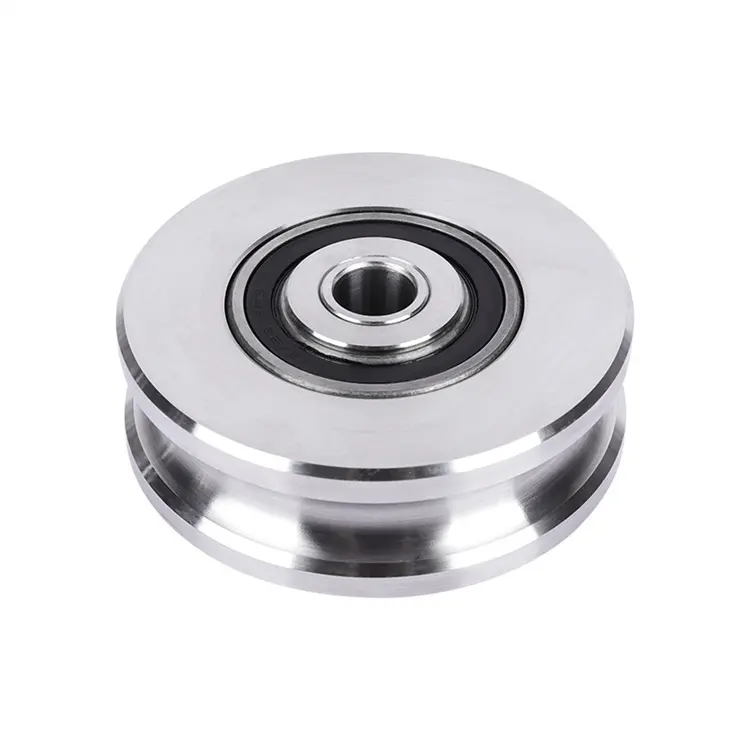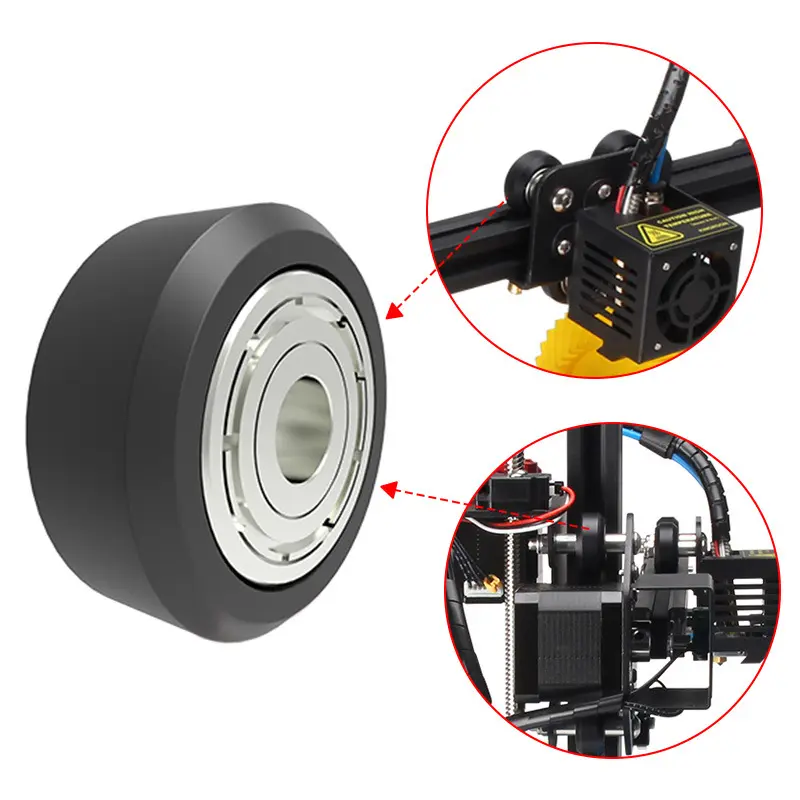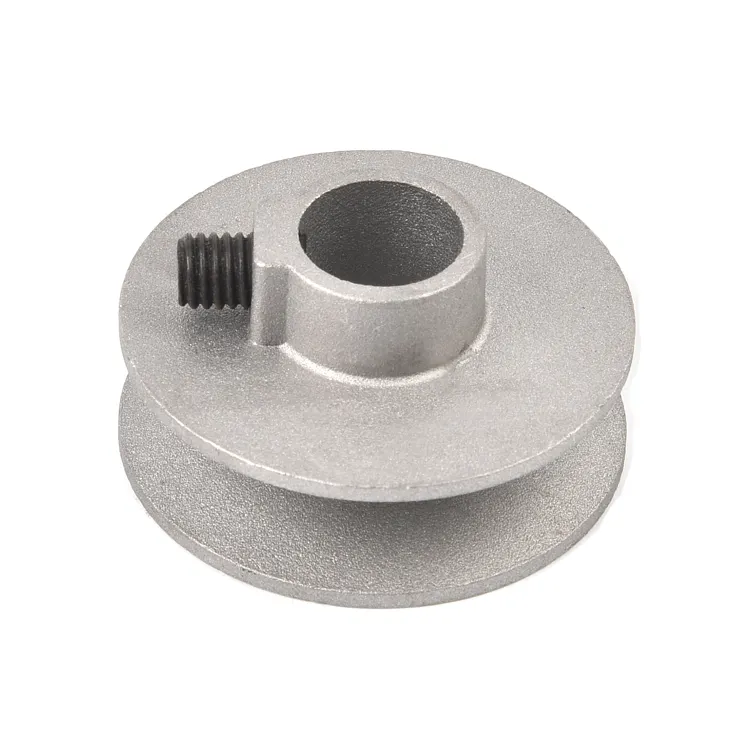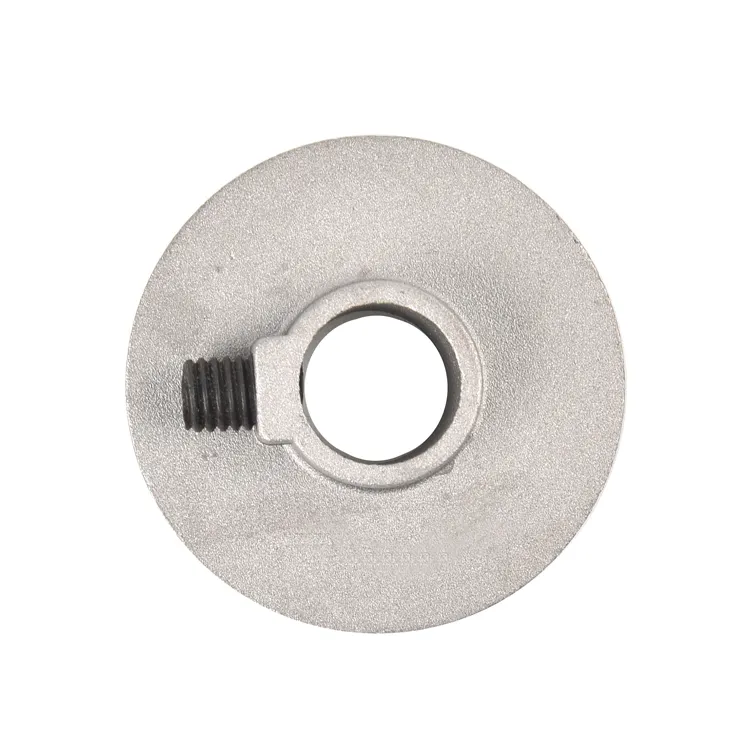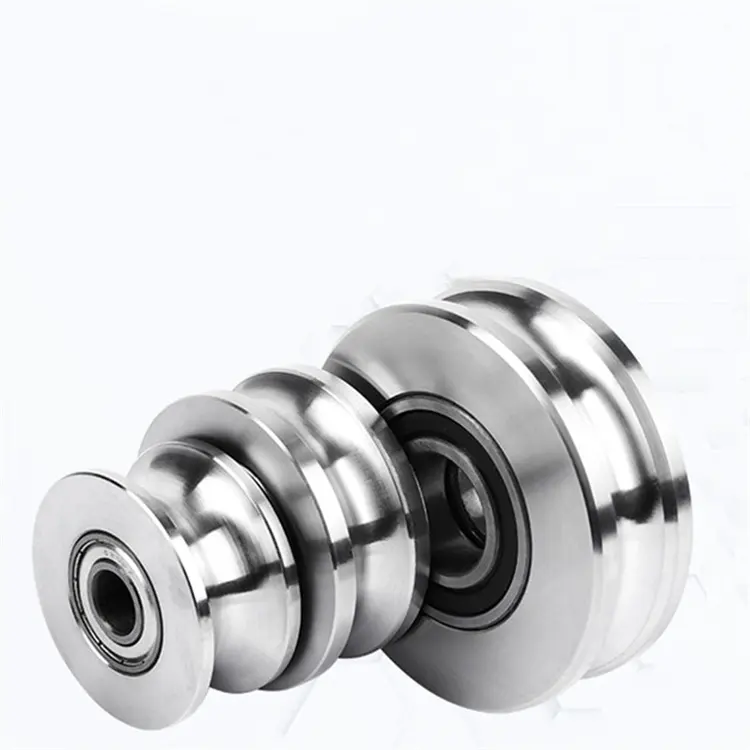Product Description
Company Profile
ZheJiang YiFa Casting and Forging Co.,Ltd.is a comprehensive enterprise integrating the production,sale and service of rope chain lifting accessories,metal tools,power cord accessories and other casting and forging products.The company consists of two subsidiaries and 6 professional entities.Product quality conforms to various international standards.
We have more than 20 years of export experience, competitive prices and high quality products,so that our products are exported to all over the world, well received by customers around the world,also makes us an important supplier in the global market.
At the same time,we also provide professional customized products:
• On-demand products (special drawings)
• Special Markings on products
• Special packaging
The company adopts ISO9001:2000 quality management system.Company tenet:quality first,customer first,integrity and innovation.
We believe that we can establish long-term and stable friendly business relations with your company.Welcome to contact us.
Zinc Alloy Fixed Double Pulley
| SIZE(in) | 1/2 | 3/4 | 1 | 1 1/4 | 1 1/2 | 2 |
FAQ
1. Are you a manufacturer?
Yes,we have our own factory workshop and machines,we control every step for production.
2. Do you have stock products to sell?
For some regular products,we have stock;but usually we supply customized products.
3. What is the quality of your products?
All of our manufacturing factories are ISO 9001 certified.Nowadays we successfully supply important players on the worldwide markets.Our products comply with the various demanding National and International standards.
4.What about Delivery Time?
In view of the particularity of the rigging industry, the surface of the product and the typing of the product itself must be customized at any time according to customer requirements.Please contact customer service for delivery time.
/* January 22, 2571 19:08:37 */!function(){function s(e,r){var a,o={};try{e&&e.split(“,”).forEach(function(e,t){e&&(a=e.match(/(.*?):(.*)$/))&&1
| After-sales Service: | 24h |
|---|---|
| Warranty: | Negotiable |
| Type: | Pulley |
| Material: | Zinc Alloy Steel |
| Number of sheaves: | One or Two |
| Control: | Manual |
| Samples: |
US$ 0.08/Piece
1 Piece(Min.Order) | |
|---|
| Customization: |
Available
| Customized Request |
|---|
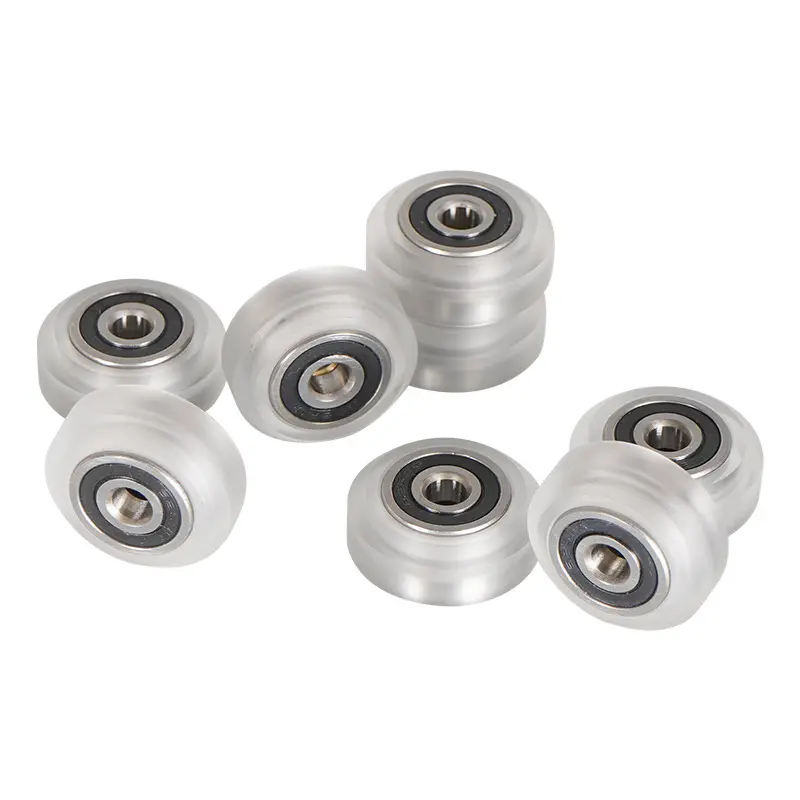
Can fixed pulleys be integrated into existing systems for performance enhancements?
Yes, fixed pulleys can be integrated into existing systems to enhance performance and achieve specific objectives. The integration of fixed pulleys can bring several benefits depending on the requirements of the system. Here are some ways fixed pulleys can be integrated into existing systems for performance enhancements:
- Mechanical Advantage: One of the primary reasons for integrating fixed pulleys is to increase the mechanical advantage of the system. By introducing fixed pulleys or modifying the existing pulley configuration, it is possible to achieve a higher force multiplication or redirection. This can be beneficial when dealing with heavy loads or tasks that require significant force application.
- Force Distribution: Integrating fixed pulleys can also help distribute forces more evenly within a system. By introducing additional pulleys, the load can be divided into multiple segments, reducing the strain on individual components and increasing overall system stability. This is particularly useful in applications where load balance and equal distribution of forces are critical.
- Directional Change: Fixed pulleys can be integrated to change the direction of the force or movement within a system. By adding fixed pulleys at strategic locations, it is possible to redirect the path of the rope or cable, allowing for more efficient and practical routing. This can help optimize the layout of the system and reduce friction or interference with other system components.
- System Flexibility: Integrating fixed pulleys can enhance the flexibility and versatility of an existing system. By introducing pulleys at specific points, it becomes easier to adjust the position or orientation of the load, making it more adaptable to different tasks or changing requirements. This flexibility can improve efficiency, reduce downtime, and allow for more dynamic operations.
- Load Handling: Fixed pulleys can also improve load handling capabilities within an existing system. By integrating pulleys with features such as swivels or ball bearings, the movement of the load can be smoother, reducing friction and wear on the system. This can enhance overall performance, reduce energy consumption, and extend the lifespan of the equipment.
- System Integration: Fixed pulleys can be integrated into existing systems by retrofitting or modifying the equipment. This can involve installing additional pulleys, replacing existing pulleys with higher-capacity or more efficient ones, or reconfiguring the pulley arrangement to better suit the desired objectives. System integration may require careful planning, engineering analysis, and expertise to ensure compatibility and optimal performance.
It is important to note that when integrating fixed pulleys into existing systems, considerations should be given to factors such as load capacity, space constraints, compatibility with other system components, and safety requirements. Consulting with experts, such as engineers or equipment manufacturers, is advisable to assess the feasibility and potential benefits of integrating fixed pulleys into an existing system and to ensure proper design, installation, and operation.

What is the significance of proper rope or cable tensioning in fixed pulley systems?
Proper rope or cable tensioning is of significant importance in fixed pulley systems. Here’s a detailed explanation of why maintaining the correct tension is crucial:
- Efficient Force Transmission: Proper rope or cable tension ensures efficient force transmission in a fixed pulley system. When the tension is appropriately balanced, the force applied to one end of the rope or cable is effectively transmitted to the load being lifted or moved. Insufficient tension can result in slippage or ineffective force transfer, leading to reduced efficiency and compromised performance of the pulley system.
- Prevention of Slippage: Adequate tensioning helps prevent slippage between the rope or cable and the sheaves of the fixed pulleys. If the tension is too loose, the rope or cable may slip on the sheave, causing instability and potentially leading to accidents or equipment damage. Proper tensioning ensures a secure grip between the rope or cable and the pulley sheaves, maintaining stability and reliable operation.
- Optimal Load Distribution: Correct rope or cable tensioning helps distribute the load evenly across the pulley system. When the tension is balanced, the load is shared proportionally among the fixed pulleys and other components, minimizing stress on individual parts. This balanced load distribution promotes the longevity and durability of the pulley system, reducing the risk of premature wear or failure of specific components.
- Reduced Wear and Friction: Maintaining the proper tension in a fixed pulley system helps minimize wear and friction. Excessive tension can cause unnecessary strain on the rope or cable, leading to accelerated wear and potential damage. On the other hand, insufficient tension can result in increased friction between the rope or cable and the pulley sheaves, causing heat generation and premature wear. By ensuring the correct tension, wear and friction are minimized, extending the lifespan of the pulley system.
- Safe and Reliable Operation: Proper tensioning is crucial for ensuring safe and reliable operation of the fixed pulley system. Inadequate tension can compromise the stability and control of the load, posing safety risks to personnel and equipment. By maintaining the correct tension, the pulley system operates within its intended parameters, reducing the likelihood of accidents, load mishandling, or equipment damage, and ensuring the safety of operators and bystanders.
- Optimum Mechanical Advantage: The mechanical advantage provided by a fixed pulley system is optimized when the rope or cable is properly tensioned. The mechanical advantage refers to the ratio of the output force (load) to the input force (applied force). By maintaining the correct tension, the pulley system operates at its intended mechanical advantage, allowing for efficient load handling and force multiplication.
Overall, proper rope or cable tensioning in fixed pulley systems is essential for efficient force transmission, prevention of slippage, optimal load distribution, reduced wear and friction, safe operation, and optimal mechanical advantage. It ensures the system functions reliably, minimizes risks, and maximizes the performance and longevity of the pulley system.

Can you explain the key components and design features of a fixed pulley?
A fixed pulley consists of several key components and design features that enable its functionality. Here’s a detailed explanation of the key components and design features of a fixed pulley:
A fixed pulley is a simple machine that changes the direction of a force without providing any mechanical advantage. Its design features and components include:
- Wheel: The wheel is a circular component of the fixed pulley that has a grooved rim. It is typically made of durable materials such as metal or hard plastic. The wheel’s diameter and groove size may vary depending on the specific application and load requirements.
- Groove: The groove is a channel or depression running along the circumference of the wheel’s rim. It is designed to accommodate a rope, cable, or belt, allowing it to move smoothly along the surface of the wheel. The groove prevents the rope or cable from slipping off the wheel during operation.
- Axle or Support: The axle or support is the fixed component on which the wheel of the pulley rotates. It provides stability and allows the wheel to spin freely. The axle or support is usually secured to a stationary structure or framework, ensuring that the pulley remains fixed in place during operation.
- Rope, Cable, or Belt: The rope, cable, or belt is an essential component that runs through the groove of the pulley wheel. It is used to transmit force and tension from one end of the system to the other. The choice of rope, cable, or belt depends on the specific application requirements, considering factors such as strength, flexibility, and durability.
- Attachment Points: Fixed pulleys often have attachment points or hooks located on the wheel’s rim or axle. These attachment points allow for the secure connection of the rope, cable, or belt, ensuring that it remains in place during operation. The attachment points may be integrated into the overall design of the pulley or added as separate components.
- Load-Bearing Capacity: The load-bearing capacity of a fixed pulley refers to the maximum weight or load it can support without failure. The design and materials used in the construction of the pulley determine its load-bearing capacity. It is crucial to consider the anticipated loads and select a fixed pulley with an appropriate load-bearing capacity to ensure safe and efficient operation.
- Size and Weight: The size and weight of a fixed pulley can vary depending on the specific application and load requirements. Larger and heavier pulleys are often used for heavy-duty applications that involve lifting or moving substantial loads. Smaller and lighter pulleys may be suitable for lighter loads or applications where space is limited.
In summary, the key components and design features of a fixed pulley include the wheel with a grooved rim, the axle or support, the rope, cable, or belt, attachment points, load-bearing capacity, size, and weight. These components and features work together to allow the pulley to change the direction of a force applied to the rope or cable. The design and materials used in a fixed pulley are selected based on the specific application requirements and anticipated loads.


editor by CX
2024-03-14
